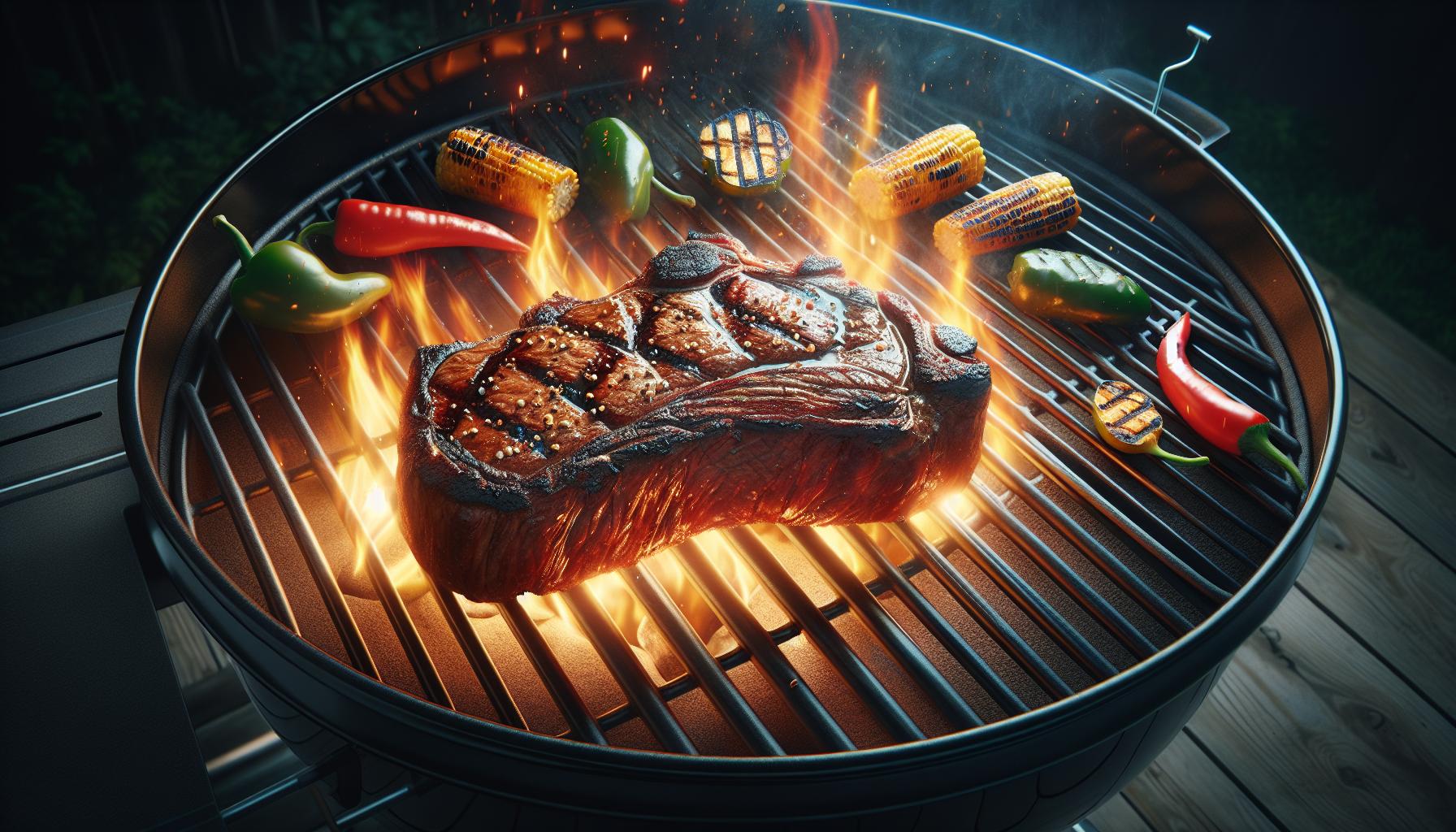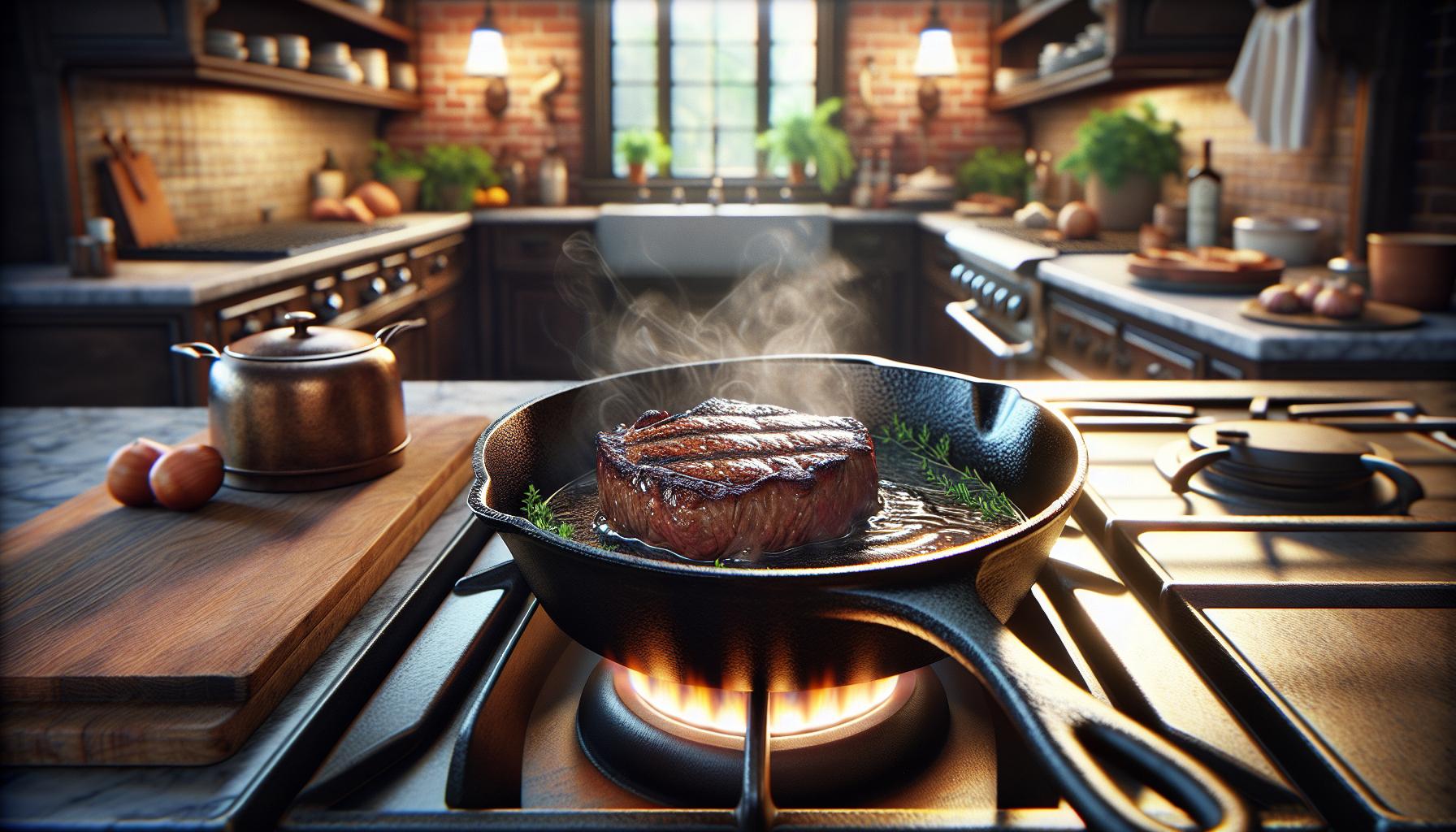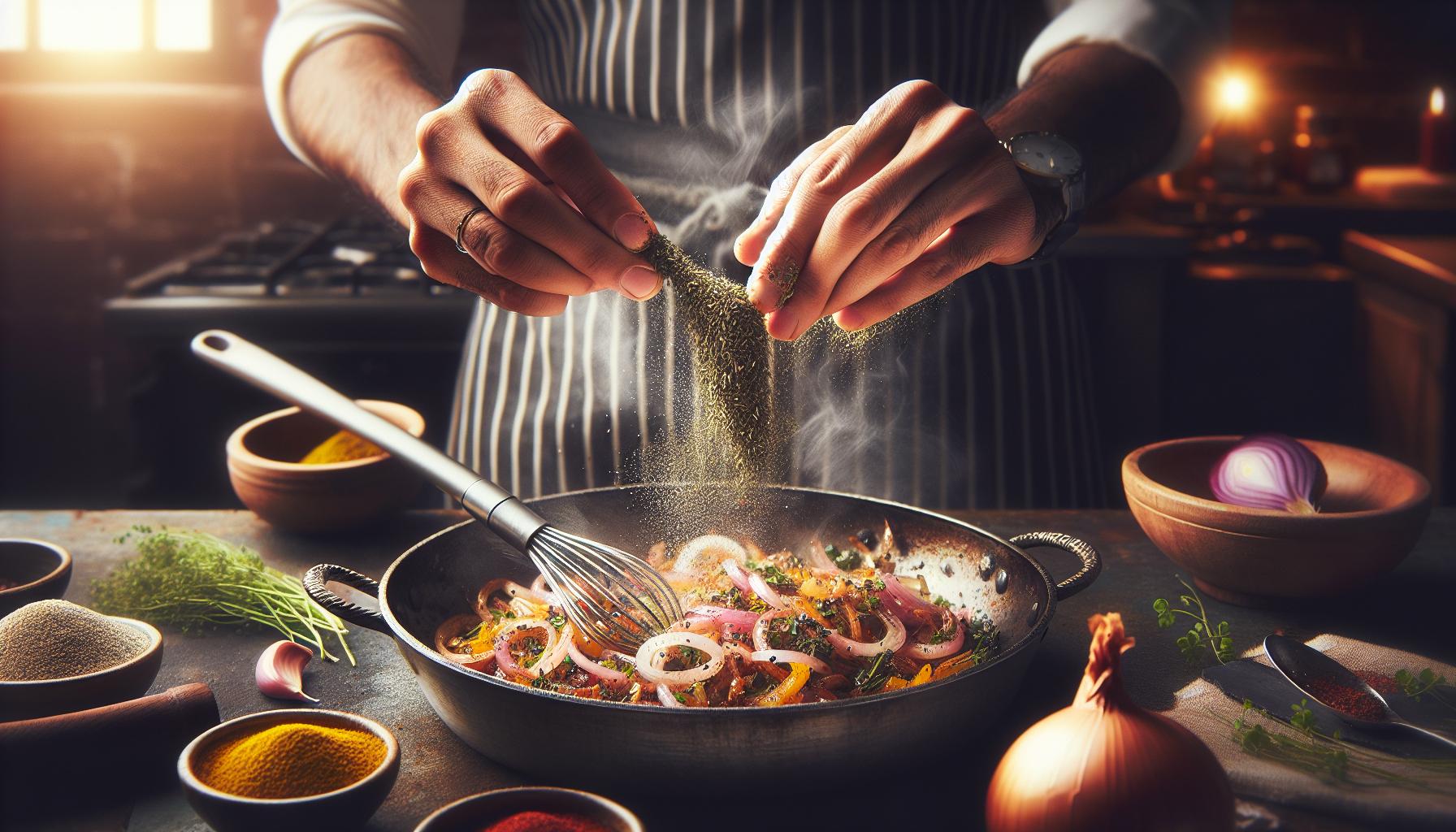Mastering the art of cooking transforms ordinary meals into extraordinary culinary experiences. Whether you’re a kitchen newbie or a seasoned home chef, certain cooking techniques to master stand as the foundation of great cooking. These skills can elevate a simple dish into restaurant-quality fare without breaking a sweat.
From perfectly searing a steak to crafting silky smooth sauces, these essential techniques aren’t just fancy chef tricks – they’re practical skills that’ll make anyone feel like a kitchen superhero. The best part? Once mastered, these techniques work across countless recipes and cuisines, making everyday cooking faster, more enjoyable and infinitely more impressive. It’s time to unleash the inner chef and discover the game-changing methods that’ll revolutionize your cooking game.
Cooking Techniques to Master
Knife skills form the foundation of efficient cooking preparation. Mastering proper knife techniques enhances cooking speed safety while creating uniform cuts that ensure even cooking.
Proper Grip and Control
A secure knife grip starts with the pinch grip technique, placing the thumb and index finger on opposite sides of the blade near the handle. The remaining three fingers wrap around the handle to provide stability control. The dominant hand holds the knife while the guide hand forms a claw position, tucking the fingertips under to protect them from the blade. This grip creates maximum control over the knife’s movement pressure distribution across ingredients. The wrist remains straight aligned with the forearm to prevent fatigue during extended cutting sessions.
| Cut Type | Typical Size | Common Uses |
|---|---|---|
| Slice | 1/8-1/4 inch | Vegetables meats |
| Dice | 1/4-1/2 inch cubes | Onions potatoes |
| Julienne | 1/8 x 1/8 x 2-3 inches | Carrots celery |
| Mince | 1/16 inch or smaller | Garlic shallots |
Mastering Heat Control and Temperature

Heat control transforms ingredients into perfectly cooked dishes through precise temperature management. Mastering heat application enhances flavor development, texture, and overall cooking results.
Understanding Direct vs. Indirect Heat
Direct heat cooking involves placing food directly over the heat source at temperatures between 400°F-500°F. This method creates a seared exterior on steaks, chops, or vegetables through direct contact with flames or hot surfaces. Indirect heat maintains temperatures between 225°F-350°F by positioning food away from the primary heat source. This technique circulates heat around foods like roasts, whole chickens, or delicate fish to ensure even cooking without burning.
| Heat Type | Temperature Range | Best For |
|---|---|---|
| Direct | 400°F-500°F | Steaks, burgers, vegetables |
| Indirect | 225°F-350°F | Roasts, whole poultry, fish |
- Soft indicates rare meats
- Springy texture signals medium doneness
- Firm resistance shows well-done proteins
| Food Type | Visual Cue | Target Temperature |
|---|---|---|
| Red Meat | Pink to brown | 125°F-165°F |
| Fish | Opaque, flaky | 145°F |
| Poultry | Clear juices | 165°F |
Perfect Pan Searing Technique

Pan searing creates a flavorful crust on meats while maintaining a tender interior. This technique transforms proteins into restaurant-quality dishes through careful preparation and precise heat control.
Preparing Meat for the Pan
Proper meat preparation begins with patting the protein completely dry with paper towels to remove surface moisture. Room temperature meat ensures even cooking, requiring 30-45 minutes on the counter before cooking. A generous seasoning of kosher salt and freshly ground black pepper applied 15 minutes before cooking allows the seasonings to penetrate the meat. Using a heavy-bottomed pan, like cast iron or stainless steel, provides optimal heat distribution for searing. Adding a thin layer of high smoke point oil, such as avocado or grapeseed oil, prevents sticking and promotes browning.
Creating the Perfect Crust
The pan reaches optimal searing temperature at 400°F-450°F, indicated by oil shimmering but not smoking. Placing the meat in the hot pan triggers the Maillard reaction, forming a golden-brown crust within 3-5 minutes per side. Maintaining consistent contact between the meat and pan surface develops even browning. A digital thermometer confirms desired internal temperatures: 125°F for medium-rare beef, 145°F for pork, 165°F for chicken. Resting the meat for 5-10 minutes after searing allows juices to redistribute throughout the protein, ensuring optimal texture and flavor retention.
Secrets of Proper Seasoning

Proper seasoning transforms ordinary ingredients into extraordinary dishes. The key lies in understanding when to add specific seasonings during the cooking process to achieve maximum flavor development.
Layering Flavors Throughout Cooking
Layering flavors creates depth in dishes through strategic seasoning at different cooking stages. Base aromatics like onions garlic shallots build the foundation when sautéed at the start. Adding dried herbs spices during the middle stage allows their flavors to bloom release essential oils. Fresh herbs contribute brightness when incorporated near the end of cooking. Finishing touches like citrus zest toasted nuts amplify complexity in the final dish. This progressive seasoning approach ensures flavors penetrate ingredients thoroughly rather than remaining superficial.
- Lemon juice for seafood poultry dishes
- Rice vinegar for Asian-inspired meals
- Balsamic vinegar for roasted vegetables
- White wine for cream-based sauces
- Apple cider vinegar for braised meats
Sauce Making Fundamentals
Sauce making transforms ordinary dishes into culinary masterpieces through specific techniques and principles. The art of sauce making builds on previously discussed knife skills and heat control to create smooth textures and balanced flavors.
Mother Sauces to Know
French cuisine establishes five mother sauces as the foundation for countless sauce variations. Béchamel combines butter roux with milk to create a creamy white sauce perfect for gratins. Velouté uses light stock instead of milk, producing a versatile sauce for poultry dishes. Espagnole starts with brown roux and veal stock, forming a rich base for meat dishes. Hollandaise blends egg yolks with clarified butter through careful temperature control. Tomato sauce completes the quintet with its combination of tomatoes herbs aromatics. Each mother sauce requires specific temperature ranges:
| Mother Sauce | Temperature Range |
|---|---|
| Béchamel | 165°F – 180°F |
| Velouté | 160°F – 175°F |
| Espagnole | 170°F – 185°F |
| Hollandaise | 140°F – 150°F |
| Tomato | 185°F – 200°F |
Emulsion Techniques
Emulsion techniques create stable mixtures of normally unmixable liquids through constant agitation. Oil-in-water emulsions include vinaigrettes mayonnaise. Water-in-oil emulsions encompass butter sauces like hollandaise béarnaise. The temperature control plays a crucial role in maintaining emulsions:
| Emulsion Type | Optimal Temperature |
|---|---|
| Vinaigrette | 65°F – 75°F |
| Mayonnaise | 68°F – 72°F |
| Hollandaise | 140°F – 150°F |
| Béarnaise | 135°F – 145°F |
Creating stable emulsions requires gradual incorporation of ingredients continuous whisking proper temperature maintenance.
Perfecting the Art of Sautéing
Sautéing creates flavorful dishes through quick cooking in minimal fat over high heat. This versatile technique enhances the natural flavors of ingredients while maintaining their texture and nutritional value.
Pan Selection and Heat Management
A heavy-bottomed stainless steel or cast-iron pan distributes heat evenly across the cooking surface. The ideal pan size matches the volume of ingredients, allowing food to cook without overcrowding. Heat the pan until a drop of water bounces across the surface before adding oil. High smoke point oils like grapeseed, avocado or refined olive oil prevent burning at temperatures between 375°F-400°F. Maintaining consistent heat throughout cooking ensures uniform browning and prevents temperature fluctuations that lead to uneven results.
Timing and Food Movement
Expert sautéing requires precise timing combined with proper food movement techniques. Small ingredients cook in 2-3 minutes while larger pieces take 4-6 minutes. Tossing ingredients in a forward motion keeps food moving without breaking delicate pieces. Adding ingredients in order of cooking time prevents overcooking – aromatics first, followed by dense vegetables, then quick-cooking items like leafy greens. A gentle shake of the pan every 30 seconds promotes even browning. Moving food from the center to the edges of the pan controls cooking speed based on the heat distribution.
World of Culinary Possibilities
Mastering these fundamental cooking techniques to master opens up a world of culinary possibilities. Armed with proper knife skills heat control seasoning knowledge and sauce-making expertise home cooks can approach any recipe with confidence. These skills serve as building blocks that transform everyday cooking into an art form.
The journey to becoming a skilled cook isn’t about memorizing recipes but understanding these core techniques. They’re the foundation that allows for creativity and innovation in the kitchen. By practicing and perfecting these methods anyone can elevate their cooking from basic to exceptional.
Remember that becoming proficient in these cooking techniques to master takes time and practice. But the reward is worth the effort as these skills will last a lifetime and continue to enhance every dish prepared in the kitchen.

